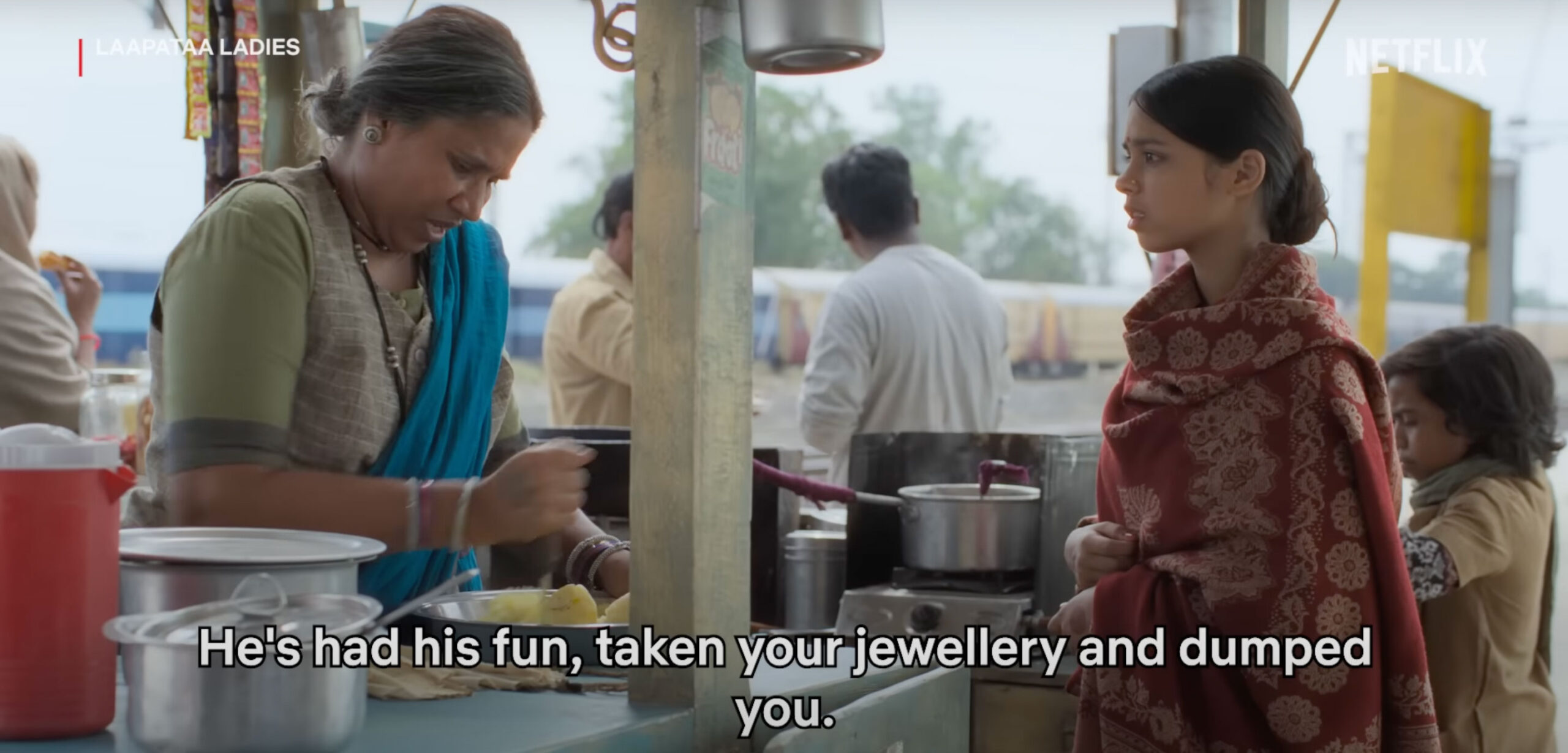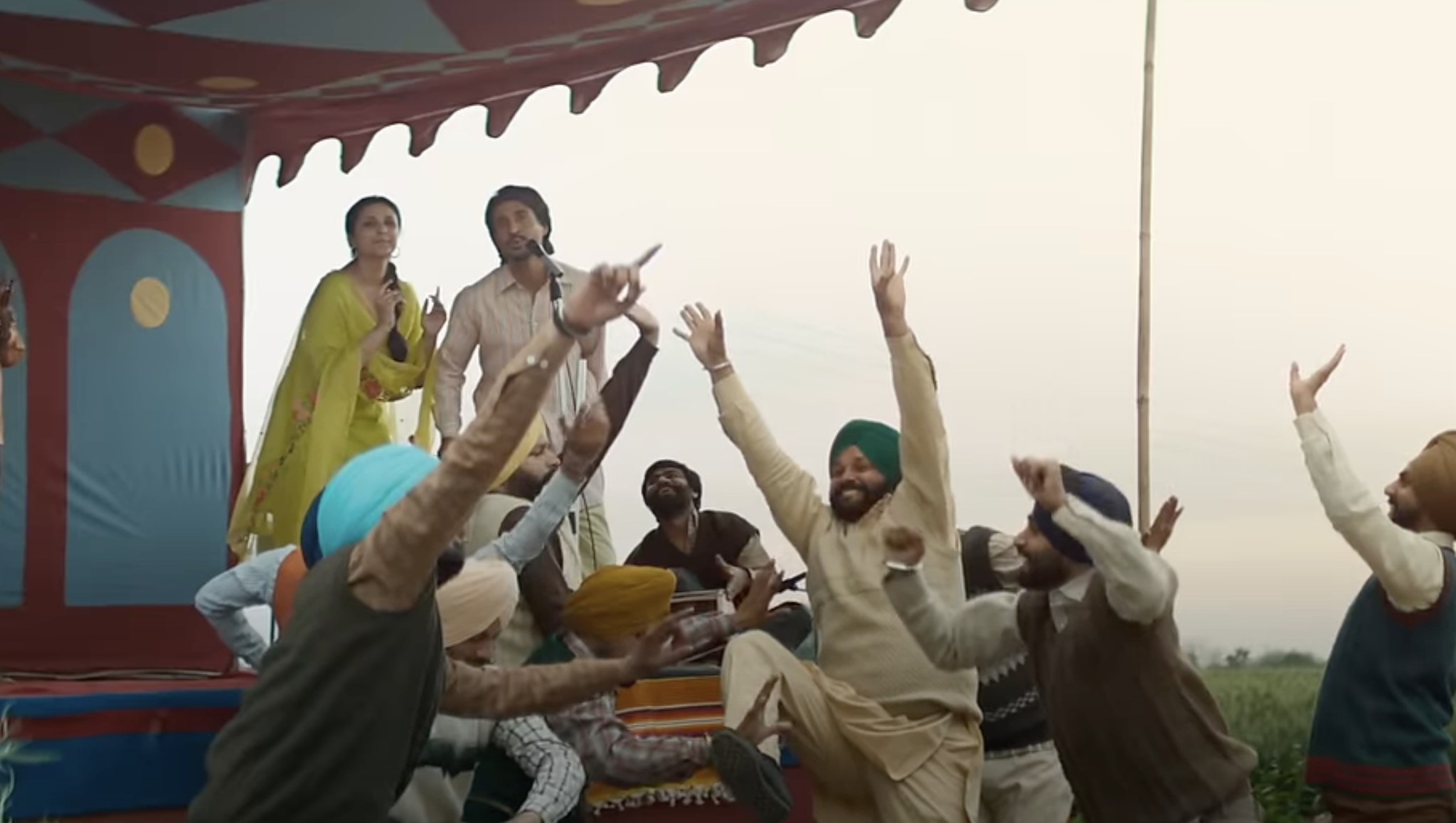Buddha, Kabir and Gorakhnath have never stopped to fascinate me, and not without reason. The places where Buddha and Kabir breathed their last are close to my hometown Gorakhpur. The town is also home to Gorakhnath Peeth – the place where Gorakhnath is said to have performed a long penance. Besides, Buddha’s birthplace Lumbini (in Nepal) is also not far from Gorakhpur. The place where he spent a better part of his life is in the nearby Siddharthnagar district.
From the days of my youth, I have been visiting these places at regular intervals. In the 1990s, I took diksha from a Buddhist monk near the ruins of a stupa at Kapilvastu and was all set to go to Sri Lanka as a monk. But then I realized that all religions, Buddhism included, have ceased to play the progressive roles they essayed in the past. Now only rituals and customs remain. Religion has become the means of reactionary politics these days. Subsequently, I became actively involved in left-wing politics and turned atheist. But my interest in Buddha, Kabir and Gorakhnath did not wane. In fact, it got stronger. The key reason was that all three challenged Brahmanism in their times and a majority of their followers were Dalits, OBCs and Adivasis. In the case of Kabir, Pasmanda Muslims formed the biggest chunk of his followers.
Close to Gorakhpur lies the town of Maghar, where Kabir passed away. It is said that Kabir spent all his life in Kashi but moved to Maghar as his death drew closer. At the time, the belief was that those who died in Kashi would go to heaven while those who died in Maghar would be condemned to hell. It was to bust this myth that Kabir moved to Maghar. One of his oft-quoted verses goes like this:
Kya Kasi kya usar Maghar, Ram hriday bas mora
Jo Kasi tan taje Kabira, Ram kaun nihora
(For me, Kashi and Maghar are the same as Ram dwells in my heart. If Kabir has to part with his body at Kashi for attaining salvation, then of what use is my faith in Ram?)
Kabir’s rebellious tone, which assailed dogma and social evils in their entirety, continues to draw me towards him. Legend has it that after his death, his disciples, who included both Hindus and Muslims, wanted to perform his last rites in keeping with their respective religious traditions. Soon a brawl broke out between them. However, when the shroud covering Kabir’s body was removed, the two groups found only flowers there, which they distributed equally among themselves and performed the last rites of Kabir in accordance with their faiths.

Even today, the maqbara and samadhi of Kabir stand side by side at Maghar. Such tales about great personalities are commonplace in society and they have little truth in them. What is true, however, is that Kabir was considered a formidable iconoclast even in his times. Had Kabir lived in today’s intolerant milieu, his writings would have been outlawed and he would have been thrown behind bars.
During my last trip to Gorakhpur, I visited Maghar. The visit gave me an altogether new perspective on Kabir. Earlier, the maqbara and the samadhi were surrounded by green farms. With the Aami River flowing nearby, the place had an inviting and peaceful ambience. But now that’s changed. The central and the state governments are developing Maghar as a tourist destination. Projects worth Rs 80-90 crore have been launched in the town. The maqbara and samadhi have been given a grand look. A huge auditorium, library and the Kabir Research Institute and Museum have also come up. Houses have been built for the resident staff and a hostel and a guest house have been built for researchers and other visitors.
A light and sound show based on Kabir’s life and works will be launched soon. The place now wears a grand and imposing look. But the magnificence seems to have driven out the rebel Kabir, the austere Kabir, the Kabir who said
Kabira khada bazaar mein, liye lukathi hath
Jop ghar phoonke aapno, chale hamare sath
(The one who burns his house can accompany me.)
It was this image of Kabir that drew me to Maghar again and again when I was young. Sitting on the bank of Aami River, I could feel that Kabir.
However, all is not lost. Maghar has changed but some things remain the same. One of them is the month-long mela (fair) that has been held here for centuries now. “Since when has this mela been held?” I asked an elderly gentleman. “I have been seeing the event since my childhood,” he replied. An event organized by the government, which goes by the name ‘Maghar Mahotsava’, is also held alongside the mela, with local MP, MLAs and government officials in attendance. However, it has not been able to meld with the local traditions and culture.
Kabir Mela is a rural congregation, and rural culture characterizes it. It gives you a glimpse of a typical rural market. There is folk music, folk dance and also magic shows. The venue reverberates with Kabir’s bhajans and shabads presented by Kabirpanthi troupes from all over the country. As darkness envelopes the place, the scene turns more lively and captivating. No doubt, modernity has seeped into the event but it still retains its original flavour. An interesting aspect of this fair is the custom of offering khichdi at Kabir’s maqbara and samadhi – a custom that obliterates the difference not only between Kabirpanthis and others but also between Hindus and Muslims.
Beginning on Makar Sankranti, people offer khichdi here for a month. But what is even more interesting is that a similar month-long mela is also held at the Gorakhnath Temple in Gorakhpur, about 20 km from here, and there too, khichdi is the sole offering.
At Maghar, I tried to explore any connections there could be between Gorakhpanth and Kabirpanth. However, no definitive answers were forthcoming. Some said that those who were unable to offer khichdi at Gorakhnath due to some reason would have made the offering at Maghar and this would have later become a tradition. But Parichaydas, a veteran Kabirpanthi, says that Kabirpanth has had a long tradition of serving food to people by organizing langars. Feeding people has always been considered a pious deed. In the Kabir Mela, meals are served to thousands of people. And the offering of khichdi is considered one’s contribution to the community feasts.
Kabirpanth had a deep influence on Sikhism. Scores of Kabir’s verses form part of the Guru Granth Sahib. Both Gorakhpanth and Kabirpanth resulted from rebellions against the Varna and caste system and a large number of Dalits, Backwards and Adivasis – both Hindus and Muslims – were drawn towards them. As a child, I remember seeing a large number of Gorakhpanthi fakirs (mendicants), most of them Muslims, at the Makar Sankranti fair at Gorakhnath. They played the sarangi and sang Kabir’s shabads, besides the Gorakhvani. With the communal forces taking over the Gorakhnath Peeth, these fakirs have disappeared.
Kabirpanth still has a considerable following in Rajasthan, Madhya Pradesh and Gujarat. Most of the nomadic tribes of these states are Kabirpanthis. At the Kabir Mela in Maghar, I met many Kabirpanthis from distant places, especially the Kutch region of Gujarat. It is even said that the Modi government undertook the development of Maghar eyeing the votes of the Kabirpanthis in the lead-up to the Gujarat elections.
Be that as it may, what appealed the most to me about this fair is that it is largely indifferent to religion. It exemplifies how a rebel writer or poet can become part of common social consciousness. Even a poor, illiterate farmer from a backward, rural area of eastern Uttar Pradesh can recite at least a verse or two by Kabir. This strikes me every time I tour this area. That is why I find the Kabir Mela unique – probably one of its kind in the whole of India.
(Translated from the original Hindi by Amrish Herdenia)
Forward Press also publishes books on Bahujan issues. Forward Press Books sheds light on the widespread problems as well as the finer aspects of Bahujan (Dalit, OBC, Adivasi, Nomadic, Pasmanda) society, culture, literature and politics. Contact us for a list of FP Books’ titles and to order. Mobile: +917827427311, Email: info@forwardmagazine.in)





